
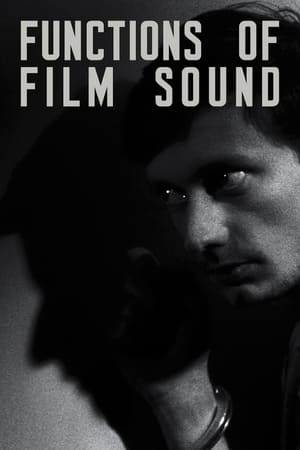
Functions of Film Sound(2013)
This visual essay sets clips from Robert Bresson's "A Man Escaped" to a reading of "Functions of Film Sound," a chapter from David Bordwell and Kristin Thompson's book "Film Art." The chapter analyzes the sound design of Bresson's masterpiece as a means of discussing the use of sound in film.
Movie: Functions of Film Sound
Top 1 Billed Cast
Narrator (voice)

Functions of Film Sound
HomePage
Overview
This visual essay sets clips from Robert Bresson's "A Man Escaped" to a reading of "Functions of Film Sound," a chapter from David Bordwell and Kristin Thompson's book "Film Art." The chapter analyzes the sound design of Bresson's masterpiece as a means of discussing the use of sound in film.
Release Date
2013-03-26
Average
0
Rating:
0.0 startsTagline
Genres
Languages:
EnglishFrançaisKeywords
Similar Movies
The Codes of Gender(en)
Arguing that advertising not only sells things, but also ideas about the world, media scholar Sut Jhally offers a blistering analysis of commercial culture's inability to let go of reactionary gender representations. Jhally's starting point is the breakthrough work of the late sociologist Erving Goffman, whose 1959 book The Presentation of the Self in Everyday Life prefigured the growing field of performance studies. Jhally applies Goffman's analysis of the body in print advertising to hundreds of print ads today, uncovering an astonishing pattern of regressive and destructive gender codes. By looking beyond advertising as a medium that simply sells products, and beyond analyses of gender that tend to focus on either biology or objectification, The Codes of Gender offers important insights into the social construction of masculinity and femininity, the relationship between gender and power, and the everyday performance of cultural norms.
 10.0
10.0Daedalus(en)
"Fly too high and you will burn, go too low and you won't breathe." Shot in just seven consecutive days during the summer of 2023, it concludes the first volume of Bliss, a playlist of sounds and shapes. Daedalus delves into the perilous dance between striving for something and the suffocating pull of stagnancy. This chaotic structure bridges the warnings and epiphanic thoughts of 20th-century thinkers with the lives of today's dreamers.
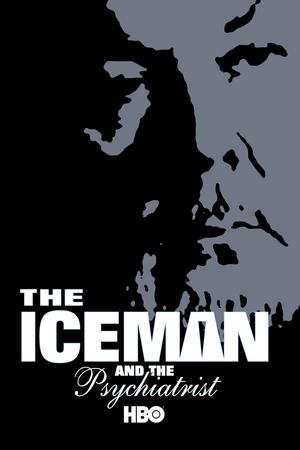 7.3
7.3The Iceman and the Psychiatrist(en)
For the third time, HBO cameras go inside Trenton State Maximum Security Prison--and inside the mind of one of the most prolific killers in U.S. history--in this gripping documentary. Mafia hit man Richard Kuklinski freely admits to killing more than 100 people, but in this special, he speaks with top psychiatrist Dr. Park Dietz in an effort to face the truth about his condition. Filled with more never-before-revealed confessions, it's the most chillingly candid Iceman special yet as it combines often-confrontational interview footage between Kuklinski and Dietz with photos, crime reenactments and home movies that add new layers to this evolving and fascinating story.
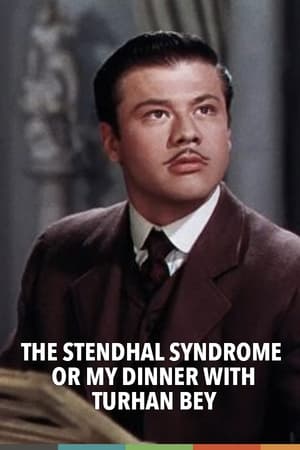 2.0
2.0The Stendhal Syndrome or My Dinner with Turhan Bey(en)
Joan Crawford's close-up in Humoresque. Michelangelo's David and Boticelli's "Birth of Venus". Stendhal was overwhelmed by the cultural overstimulation in Florence, which Graziella Magherini described scientifically in 1979 as Stendhal syndrome. Mark Rappaport describes his fascination for the Austrian actor Turhan Bey, who made a career in exotic roles in Hollywood in the 1940s. A very personal essay about the effect of close-ups, the canvas idols of the dream factory and the role of their admirers and fans.
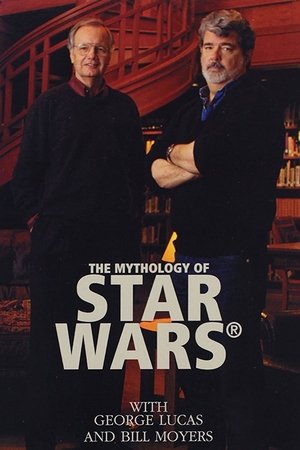 8.2
8.2The Mythology of Star Wars(en)
George Lucas discusses how Joseph Campbell and his concept of the Monomyth (aka the Hero's Journey) and other concepts from mythology and religion shaped the Star Wars saga.
 0.0
0.0Upside Down, Inside Out: An Appreciation of the Films of Quentin Dupieux by Elena Lazic(en)
An analysis of Quentin Dupieux's film "Incredible But True" by film critic Elena Lazic.
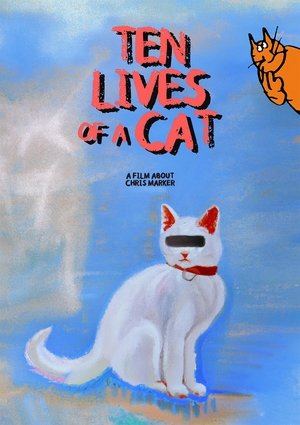 0.0
0.0Ten Lives of a Cat: A Film about Chris Marker(en)
Ten years after the death of iconic French filmmaker, Chris Marker. A filmmaker, hoping to rediscover that unique sensibility against the uncertainty of the new century, returns to the places synonymous with those incomparable and unforgettable films-- From the cat cemetery of Sans Soleil, to the mausoleum of The Last Bolshevik; The caves of Level Five to the rooftops of The Case of the Grinning Cat. A biographical portrait of one of the 20th century's greatest and most misunderstood filmmakers.
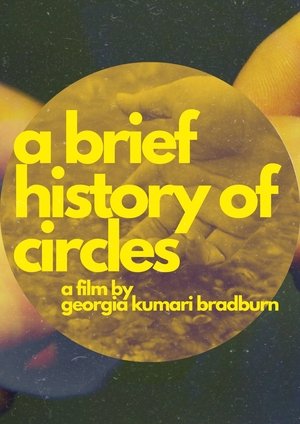 0.0
0.0A Brief History of Circles(en)
An experimental video essay which uses circles and waves to explore neurodivergent experience.
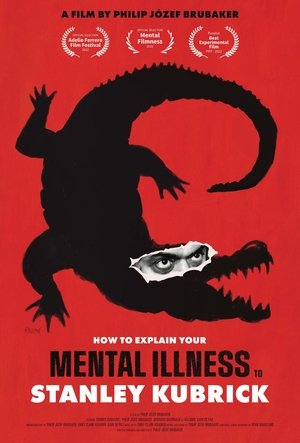 0.0
0.0How to Explain Your Mental Illness to Stanley Kubrick(en)
A psychotic filmmaker named Philip summons a manifestation of Stanley Kubrick into his apartment to confront him on the depiction of mental illness in his filmography. Kubrick's obsession with 'crazy' characters who meet an untimely death disturbs Philip, who wishes he could see Kubrick characters who manage their illness. The two directors go on a journey into Kubrick's films to understand insanity in our modern era.
 4.0
4.0Last Year in Dachau(fr)
Near Munich, in Bavaria, Germany, is the Schleißheim Palace, where French filmmaker Alain Resnais shot his film Last Year at Marienbad in 1960. Nearby is the Dachau concentration camp, where thousands of people were killed between 1933 and 1945. An essay about the present and the past, beauty and horror, life and death.
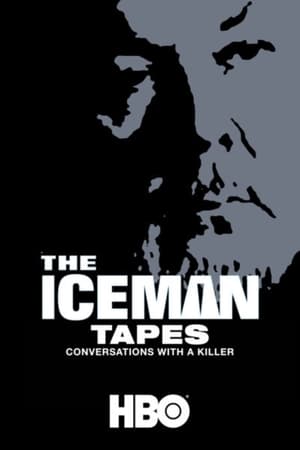 7.2
7.2The Iceman Tapes: Conversations with a Killer(en)
Richard Kuklinski was a devoted husband, loving father--and ruthless killer of over 100 people. You'll meet him in this powerful documentary that features one of the most vivid and disturbing interviews ever recorded--taped behind the walls of the prison where Kuklinski is serving two consecutive life sentences for multiple homicide.
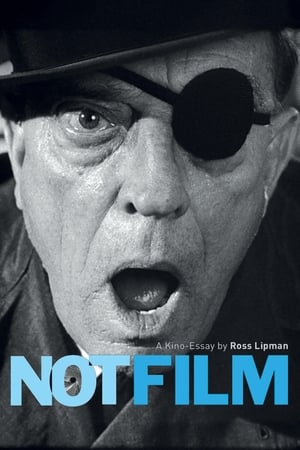 5.0
5.0Notfilm(en)
NOTFILM is a feature-length experimental essay on FILM -- its author Samuel Beckett, its star Buster Keaton, its production and its philosophical implications -- utilizing additional outtakes, never before heard audio recordings of the production meetings, and other rare archival elements.
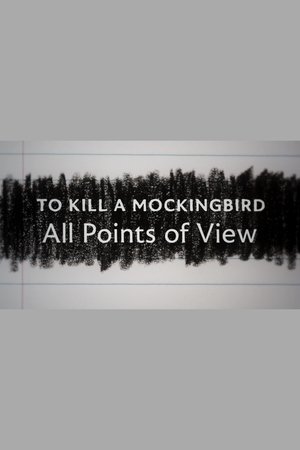 0.0
0.0To Kill a Mockingbird: All Points of View(en)
A 60th anniversary retrospective documentary on the influence and context of the 1962 film, To Kill a Mockingbird.
 10.0
10.0The Twenty One Pilots Universe: Welcome to Trench(en)
A documentary series finale analysing the entirety of Twenty One Pilots' new full-length studio album "Trench". Jimmy not only uncovers the stories of internal pain and fear that Tyler Joseph tells through the songs on the album. But, he also learns to overcome his own personal fears.
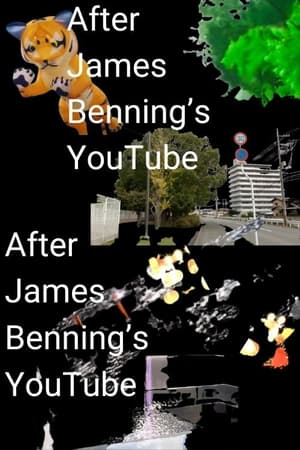 0.0
0.0After James Benning's YouTube(en)
Divided into 26 parts, an attempt to remake James Benning's film, YouTube (2011) with similar internet footage after 13 years.
Sankofa(pt)
A short documentary that emerge at the center of round table debate, participating in it there's three students from the Superior School of Arts and Design, Caldas da Rainha - Portugal. This conversation go along with a video essay about Afrofuturism and Pop Culture. Also, during the debate, an interview with another student gives some real example of how afrofuturism can be applied when it comes to in taking control of the colonial narratives into a black person perspective.
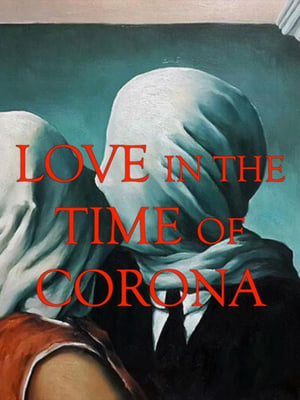 2.5
2.5Love in the Time of Corona(en)
A video essay by Mark Rappaport, which spans René Magritte and Michelangelo to Bonnie & Clyde. Let’s mask up to rob a bank! But make sure that you are home before the curfew.


